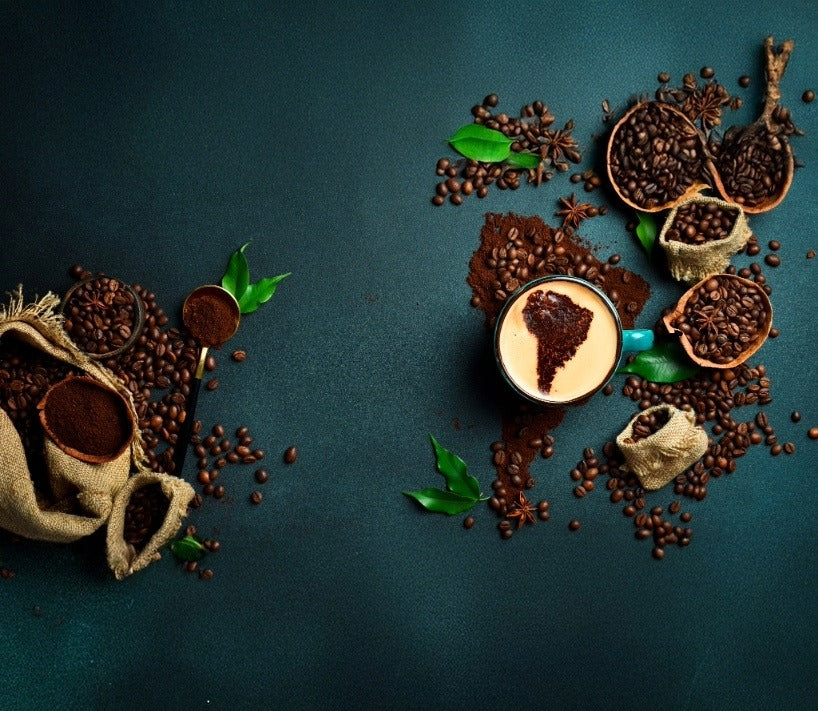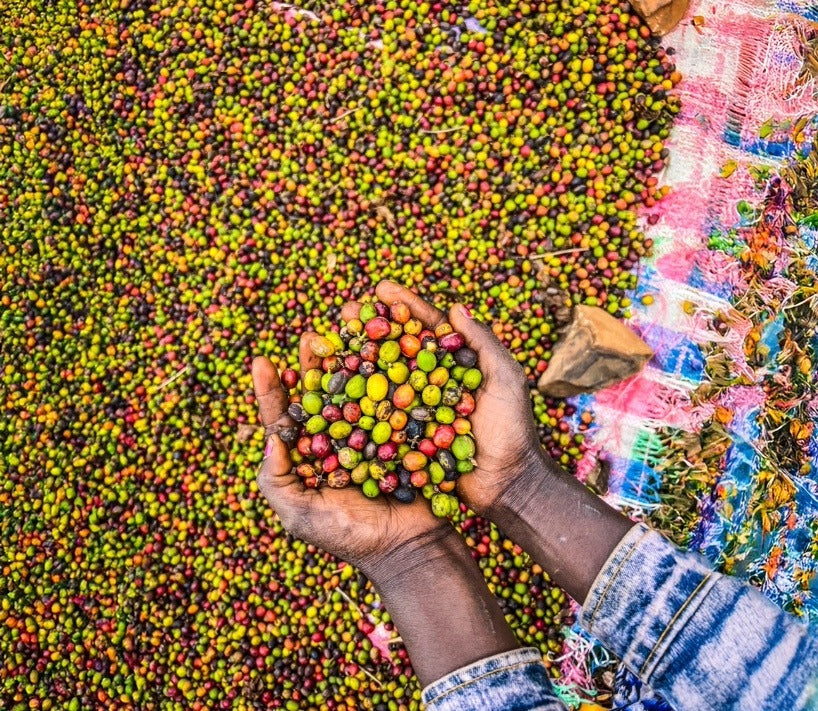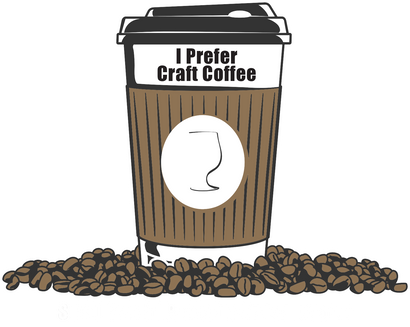Biggest Problem With Pour Over Coffee
September 24, 2025 5 min read
Biggest Problem With Pour Over Coffee
I’ll say it: Biggest Problem With Pour Over Coffee isn’t your kettle, your wrist swirl, or your filter shape. It’s your beans.
I learned this the hard way. My early cups tasted like hot sadness. Then I switched to fresh, high-scoring single origin beans—and boom. The cup turned bright, sweet, and clear. Pour over is a spotlight. Bad beans look bad under a spotlight. Great beans sparkle.
If you pick the right beans—and keep them fresh—you’ll taste the real magic of pour over: clean sweetness, clear notes, and balance. I’ll show you how to choose beans, how to brew, and how to fix common issues fast.
Why Beans Are The Big Deal (Proof)
Pour over is a flavor magnifier
It’s a gentle brew. Water moves through a bed of grounds and pulls out sugars, acids, and aromatics with precision. If the beans are old or muddy, you’ll taste dull and bitter. If the beans are fresh and well-grown, you’ll taste fruit, chocolate, florals—whatever that origin is known for.
Single origin first, blends later
Single origin = coffee from one farm/region/lot. It tastes more “specific.” That’s perfect for learning. You can say, “Oh, that’s ripe strawberry,” or “That’s cocoa and hazelnut.”
Blends are great too, but they’re built for balance. Balance can hide tiny flavor clues. So, start with single origin to train your taste, then enjoy blends when you want a cozy, everyday cup.
-
Looking for simple, clear cups? Try single origin.
-
Love smooth, chocolatey comfort? Try blends—after you can spot nuances.
Freshness changes everything
Roast date beats “best-by” every time. Freshly roasted beans (and a few days of rest) will bloom big and taste lively. Stale beans? Flat bloom, flat cup.
-
Tip: aim to brew most beans 2–21 days after roast, then finish the bag within a few weeks.
-
I roast fresh, small batches for clarity and sweetness. Peek here: Shop my coffees.
The Biggest Problem With Pour Over Coffee (and the Fix)
Problem (the beans): old, generic, or low-quality beans will make your pour over taste hollow or harsh.
Fix: pick fresh, high-quality single origin beans first. Keep blends as your “next step.”
How to pick better beans (simple checklist):
-
Look for a roast date, not a best-by date.
-
Start with single origin from a trusted roaster.
-
Choose a flavor lane: fruit-forward, chocolate/nutty, floral, or caramel-sweet.
-
Match roast level to your taste: light–medium for clarity; medium for balance.
-
Buy what you’ll drink in 2–4 weeks.
-
Store in a sealed bag with a one-way valve, in a cool, dry place (not the fridge).
Need help? I curate beans for you: Curated Better Morning Coffee at Home Program.
Single Origin vs Blend for Pour Over (What Changes In The Cup?)
| Choice | Aroma & Nuance | Learning Clarity | Cup Consistency | Price Feel | Best For |
|---|---|---|---|---|---|
| Single Origin (recommended first) | High nuance (fruit, floral, terroir) | Easiest to spot flavors | Varies by harvest/lot | Often moderate | Tasting and skill-building |
| Blend (after you’ve trained your palate) | Rounded, chocolate/caramel comfort | Harder to pick tiny notes | Very consistent | Often friendly | Daily drinkers & crowd-pleasers |
Plan: My No-Guesswork Pour Over Recipe
(Use this with any V60-style dripper. Adjust to taste.)
-
Dose & Ratio
-
20 g coffee to 320 g water (1:16 ratio)
-
Grind: medium-fine (like table salt). If your brew stalls, go slightly coarser.
-
Water
-
Heat to 200°F (93°C). If you don’t have a thermometer, boil and rest 30–45 seconds.
-
Rinse & Prep
-
Rinse the filter with hot water. Warm the brewer and mug. Add grounds. Level the bed.
-
Bloom (0:00–0:30)
-
Pour 40–50 g water to wet all grounds. Gentle swirl. Let it puff up and smell sweet.
-
Main Pours (0:30–2:00)
-
Pour to 160 g by ~0:45.
-
Then to 260 g by ~1:30.
-
Finish at 320 g by ~2:00. Gentle circles, low and steady.
-
Drawdown (2:00–3:10)
-
Target total time 2:30–3:30.
-
If it’s under 2:30 → grind finer next time.
-
If it’s over 3:30 → grind coarser next time.
-
Taste & Nudge
-
Sour/tart? Finer grind or a bit more total water.
-
Bitter/dry? Coarser grind or a touch less water.
-
Flat? Fresher beans or switch to a livelier single origin.
Want more simple steps? See my guides: Best Coffee Bean Buying Guide & Tips.
Freshness, Buying, and Specialty Coffee Guidance
Roast date vs best-by
-
Roast date tells you when flavor is peaking.
-
Best-by hides age. Skip it. You want a clearly printed roast date.
How to order coffee online responsibly
-
Pick a roaster that posts roast dates and roasts to order.
-
Buy smaller amounts more often for the freshest craft coffee online experience.
-
Choose beans that fit your recipe and taste goals.
-
Avoid “mystery” bulk deals. If the coffee is deeply discounted, it’s often old and stale.
Explore my fresh options: Shop my coffees. If you want best coffee bean delivery without thinking, the Curated Better Morning Coffee at Home Program keeps your mornings easy.
Single origin vs blends in one minute
-
Single origin: best for learning and bright, clear cups.
-
Blends: best for reliable, balanced cups once you know your lane.
Easy button upgrade
If you want the pour-over taste with push-button ease, consider the Fellow Aiden Brewer. It’s an automatic pour-over style machine that nails repeatability. Perfect for weekday mornings when you want café flavor without the dance.
Quick Fixes For Common Pour Over Problems
-
Cup is sour: grind finer; water a tad hotter; extend brew by ~15–20 sec.
-
Cup is bitter/dry: grind coarser; reduce total time; lower water temp slightly.
-
Brew is weak: increase dose to 21–22 g or use a 1:15 ratio.
-
Brew is muddy: check your grinder burrs and go a click coarser. Use a quality paper filter.
-
No bloom: beans are likely old—switch to fresher beans.
Want a deeper walk-through on choosing the best coffee to buy online (and how to get the best craft coffee at home without the guesswork)? Read this next:
➡️ Order Coffee Online Like A Pro
FAQ: Biggest Problem With Pour Over Coffee
Q1: What is the biggest problem with pour over coffee?
A1: The biggest problem with pour over coffee is using the wrong beans—often old or generic. Pour over is a spotlight. Use fresh, quality single origin to shine.
Q2: Can I use blends for pour over?
A2: Yes. Start with single origin to learn flavors, then enjoy blends for smooth, balanced daily cups.
Q3: What grind size should I use?
A3: Medium-fine (like table salt). If the brew is sour, go finer. If bitter, go coarser.
Q4: What water temperature works best?
A4: About 200°F (93°C). Boil and rest ~30–45 seconds if you don’t have a thermometer.
Q5: How do I store good coffee beans?
A5: Keep them in their sealed, valved bag in a cool, dry place. Use within a few weeks of the roast date.
Q6: How do I order coffee online without getting stale beans?
A6: Look for a clear roast date, small batches, and honest flavor notes. Start here: Shop my coffees and grab my guide: Order Coffee Online Like A Pro.
Internal Links:
PS: Want a no-guesswork delivery plan so you always have good coffee beans ready for pour over? Grab my free “Deliver Morning Magic” tip sheet here:
https://iprefercraftcoffee.com/blogs/news/best-coffee-bean-delivery-2025-fresh-roasted-fast-shipping
Also in Best Coffee To Buy Online Education

Coffee Bean Delivery Near Me: Why Fresh & Fast Wins
January 09, 2026 3 min read
Learn why the best tasting craft coffee at home is about ordering fresh coffee close to home gives you full control over flavor and freshness.

Fair Trade Craft Coffee Beans Online: What It Means (And Why It Matters)
January 08, 2026 4 min read
A simple guide explaining fair trade specialty coffee, why it matters, and how to buy the best craft coffee online. Remember, the best tasting craft coffee at home comes from high-elevation specialty coffee farmers.

Sustainable Coffee Beans Home: What It Really Means (And Why It Matters)
January 07, 2026 3 min read
Learn what sustainable specialty coffee at home really means and how it makes the best tasting craft coffee at home every morning.
